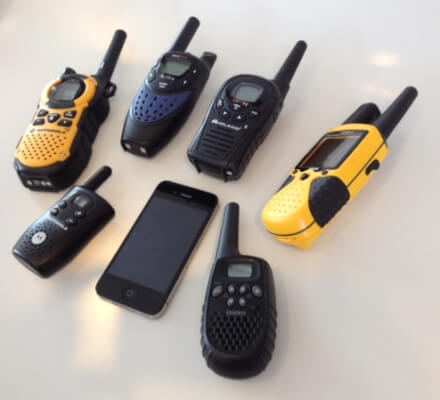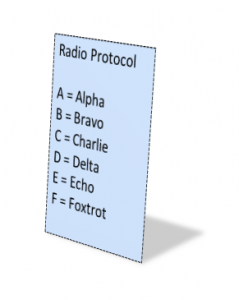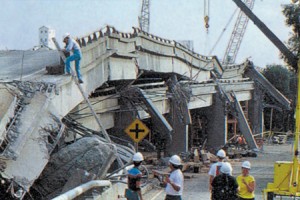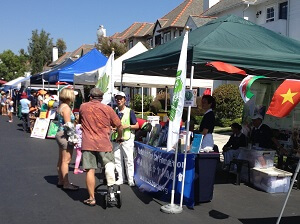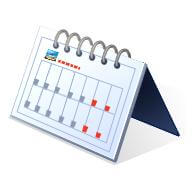Safer at Home in an Emergency
[This article is aimed at people living in a neighborhood with a clubhouse or community center. If you’re building a CERT group in such an environment, you can use these questions for valuable training.]
“In an emergency, we come to the clubhouse, right?”
“No, No, No!”
Think about it. In a real emergency, why would you head for the office, or the clubhouse, or any central meeting place in your community?
Consider these emergency conditions in a clubhouse.
- Will the clubhouse be standing?
Unless your clubhouse is brand new, and built to modern safety standards, it is just as likely to collapse as any other building, and probably more likely to collapse than a smaller and more compact building.
- Will the clubhouse be open?
If an emergency hits in the middle of the night, every door in the clubhouse will be locked and management will be away. Are you going to break in?
- Will there be electricity or phone service?
Does your office or clubhouse have an emergency generator? Where is someone who knows how to turn it on? If no generator, then there will be no lights (after emergency lights have gone off). No automatic doors, no elevators, no air conditioning, no heat. No emergency communications. Not safe!
- Will there be food?
A few centers may have kitchen facilities and some food supplies. In an emergency, however, the kitchen cupboards and refrigerators may be locked. There may be no way to heat water or to cook. Perhaps most disturbing – who will decide who gets to be first in line?
- Will there be bathroom facilities?
If water pipes are broken, the image of a crowd of people lining up to use one or two toilets that don’t work is . . . well, repugnant. And what if people bring their pets with them?
- Where will you get your medications?
- Finally, who will take charge of the group?
And will volunteers be willing to stay at the center hour after hour to help out?
Your home is the best place to be.
Unless it’s been designated as an official “evacuation center,” your central community area is most likely worse for survival than your own home.
That’s why our neighborhood CERT group stresses shelter in place.
If you take a look at the same questions from above, and fill in “in your own home,” here are some of the answers you’ll get.
- Will the house be standing?
Your apartment, single-family residence or mobile home is as likely to withstand an emergency as any other structure, depending on its age, the kind of disaster (earthquake, tornado, flood, etc.). And since it is your home, you have the opportunity to make it as safe as possible by fastening furniture to the walls, putting locks on cupboards, storing food and water, assembling tools, etc.
- Will your home be open?
If an emergency hits in the middle of the night, you’ll be there. And even if you have to get home, you’ll have keys or know how to get safely inside.
- Will there be electricity? How about emergency communications?
You may or may not have a personal home generator. But you certainly should have emergency lighting in your home, probably in the form of multiple flashlights and LED lanterns. At home, you can add or subtract clothing, add or take away blankets in order to adjust to weather conditions. And you should have access to emergency radios and first aid materials.
- Will there be food?
If you’ve done any preparing, you’ll have water and food, including some food that doesn’t need any cooking. You’ll have your medications – and food and medications for your pets, as well.
- Will there be bathroom facilities?
If water pipes are broken, you won’t be able to use your own toilet. Again, if you’ve done some preparing, you may be able to flush using outside sources of water (e.g. swimming pool water). Or you can put plastic bags into the toilet, secure them when they’re full and then put them somewhere outside. Not pleasant – but workable.
Are you thinking there’s a better place than home to be in an emergency?
Are there other people more qualified to help you than you are to help yourself?
Think again!
Virginia and Joe
Your Emergency Plan Guide Team
P.S. Who do you know who lives in a complex with a clubhouse or community center? Forward this to them right now! Thanks.
P.P.S. If you’re working to build a neighborhood CERT group, drop us a line. We have some experiences and some training materials that we’d be glad to share.





